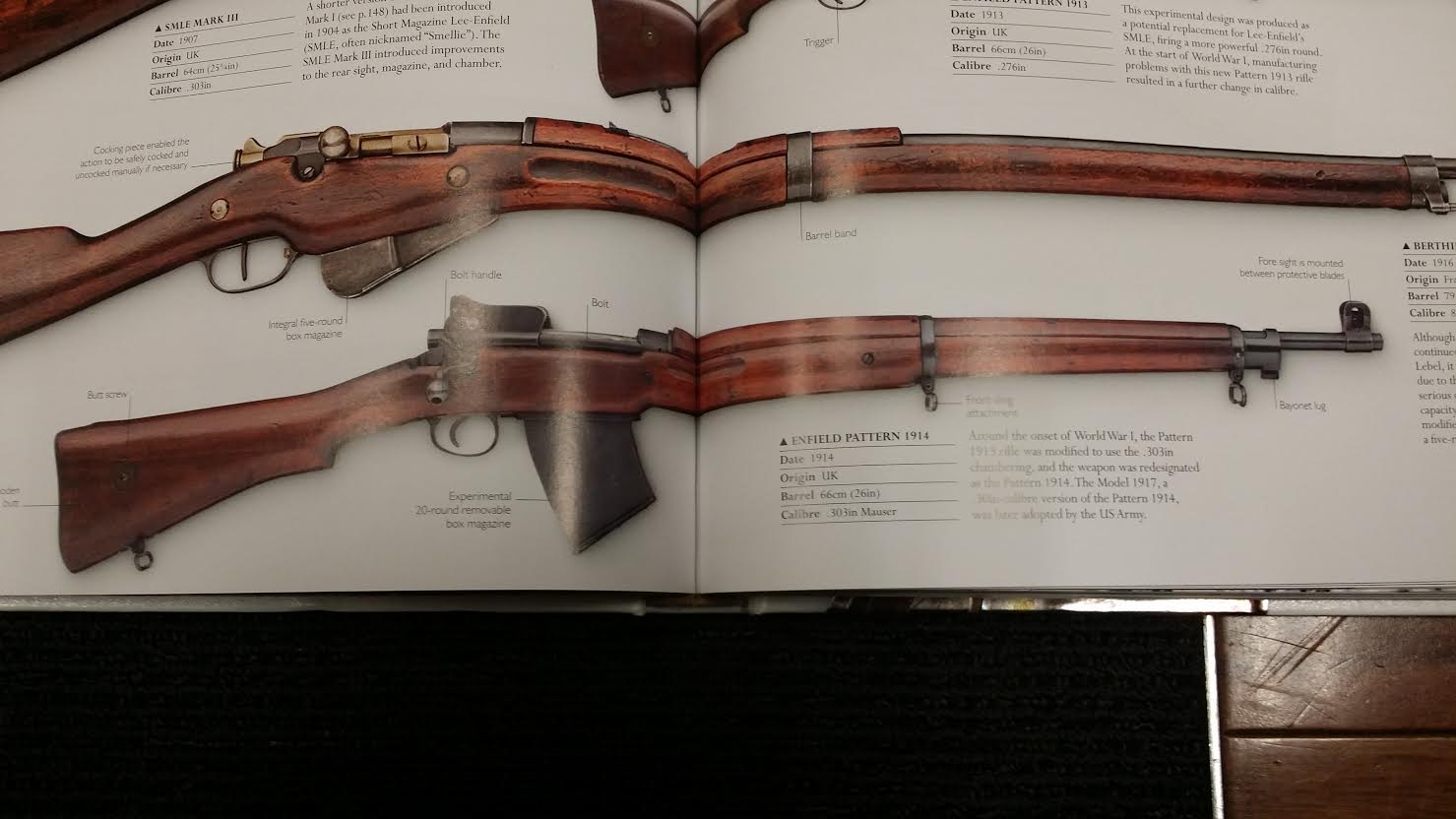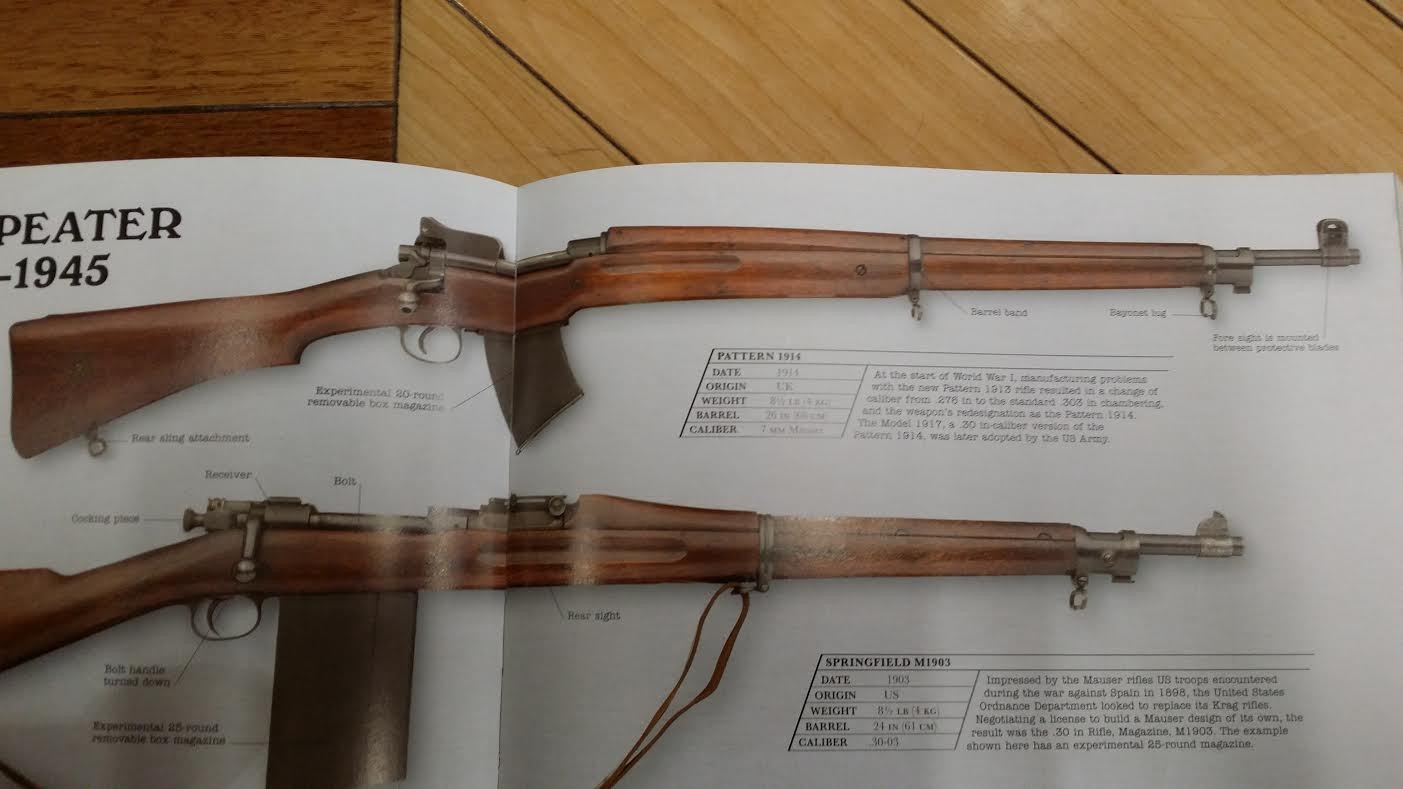Deleted member 1487
What if France managed to get the MAS-40 in production in May 1939 and had a substantial number, say 100k, of them in service in time for May 1940?
IOTL only about 50 were made before France surrendered, none seeing combat:
Let's say since the TL is moved up on their production that this is the production situation as of May 1939:
How does this impact proceedings of the 1940 campaign and thereafter? Might this influence the British to pursue the prototype that would become the SLEM-1/FN-49?
 en.wikipedia.org
en.wikipedia.org
IOTL only about 50 were made before France surrendered, none seeing combat:
The MAS Mle 1940 would have been a classic rifle to rival the Garand if it had been adopted in any quantity. The weapon was extremely reliable, experiences fewer than 5 stoppages in a thousand rounds (which rivals bolt actions rifles) and could sustain nearly twice the rate of fire of the contemporary MAS Mle1936. It had two significant advantages over the Garand and later German autoloading rifles: it was extremely simple to clean and maintain, and its magazine could be topped off during lulls of close combat. The MAS Mle 1940, because it was designed in tandem with the Mle 1936, shared many parts with that rifle to save money. Stocks and hardware were nearly identical and used the same manufacturing tools. The entire magazine element was the same with interchangeable floorplates, springs, and followers. The Mle 1940 used the same bayonet as the Mle 1936 and even the stacking hooks were identical.
Let's say since the TL is moved up on their production that this is the production situation as of May 1939:
In 1938 MAS finished the prototype of the new rifle, designated the Fusil Semi-Automatique (FSE) MAS Mle 1938 (not to be confused with the submachine gun of the same name), which was modified in 1939 with plans for serial production by 1940. At the time the MAS Mle 1936 rifle was being produced at around 5,000 units per month. The MAS plant established plans to split that production capacity with the new Fusil MAS Mle 1940 with a goal of adding 1,000 autoloaders per month, this quantity reducing number of bolt actions being produced by this much.
How does this impact proceedings of the 1940 campaign and thereafter? Might this influence the British to pursue the prototype that would become the SLEM-1/FN-49?



